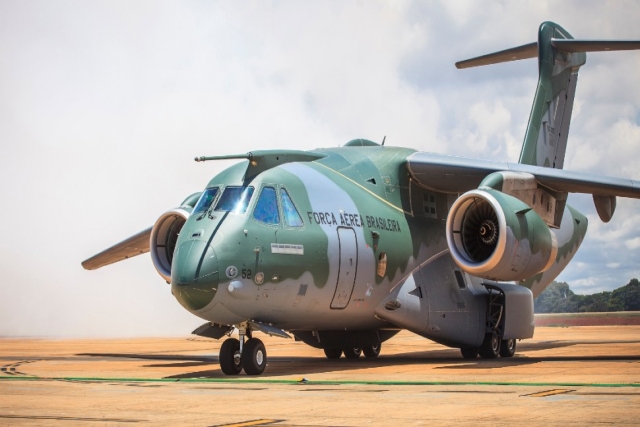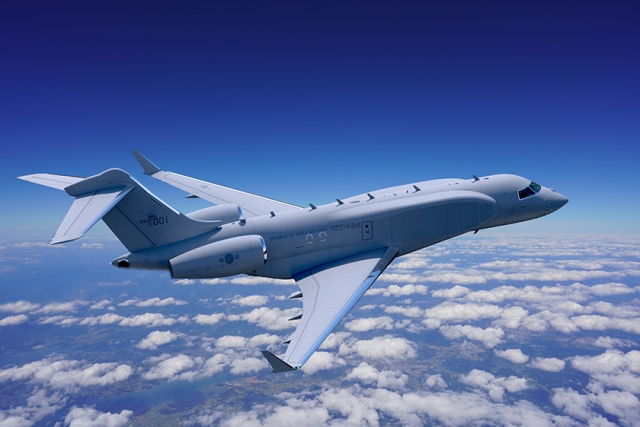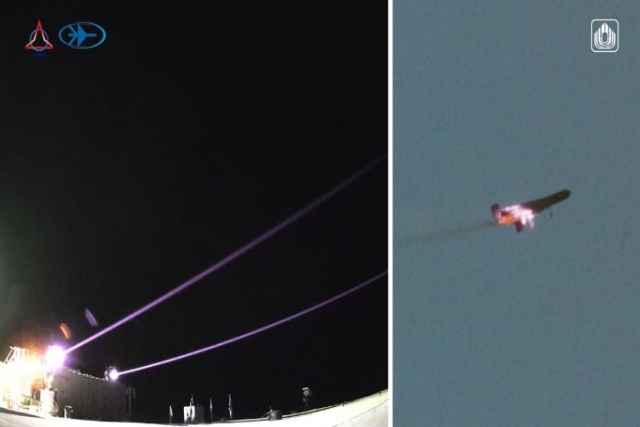Elbit Systems, CAE To Provide Next-Gen Soldier System To Canada
Elbit Systems Land and C4I ("Elbit Systems") and CAE have signed an exclusive agreement to offer Elbit Systems' combat-proven Dominator-C and CAE's comprehensive in-service support program to meet the Canadian Army's requirement for a next-generation Integrated Soldier System solution. The joint announcement was made today at CANSEC. L-3 Electronic System Services will joint Elbit and CAE as a major subcontractor on the project. The Canadian Army, with the Integrated Soldier System solution, has created a requirement to significantly enhance tactical level individual and team capability, mobility and C4I performance to conduct land operations with an integrated soldier system. "CAE's comprehensive Canadian-based in-service support solutions and human factor engineering (HFE) expertise are the perfect match with Elbit's effective and proven Integrated Soldier System design deployed in multiple countries," said Bezhalel (Butzi) Machlis, General Manager of Elbit Systems Land and C4I division. "We are pleased to partner with Elbit, a recognized global leader in providing integrated soldier systems, to offer Canada a tailored, world-class solution designed specifically for the Canadian Army," said Pietro D'Ulisse, CAE's Vice President and Business Leader Military Products Training and Services in Canada. "Our wealth of experience with in-service support, training systems and human factor engineering helps make CAE an ideal partner for Elbit, and will help ensure the Canadian Army receives a proven, modular solution that is fully supported for the long-term here in Canada". The Dominator-C is a fourth-generation integrated soldier system based on a proven suite of technologies. The platform is light weight, low power, and highly integrated in a small form factor to deliver superior mobility and readiness. It offers a real-time common operating picture on personal displays, allowing soldiers to send and receive live target and mission data as well as transmit images and positions up the chain of command. These real-time capabilities effectively close the "sensor-to-shooter" timeframe, thus enabling commanders to better manage combat operations.










